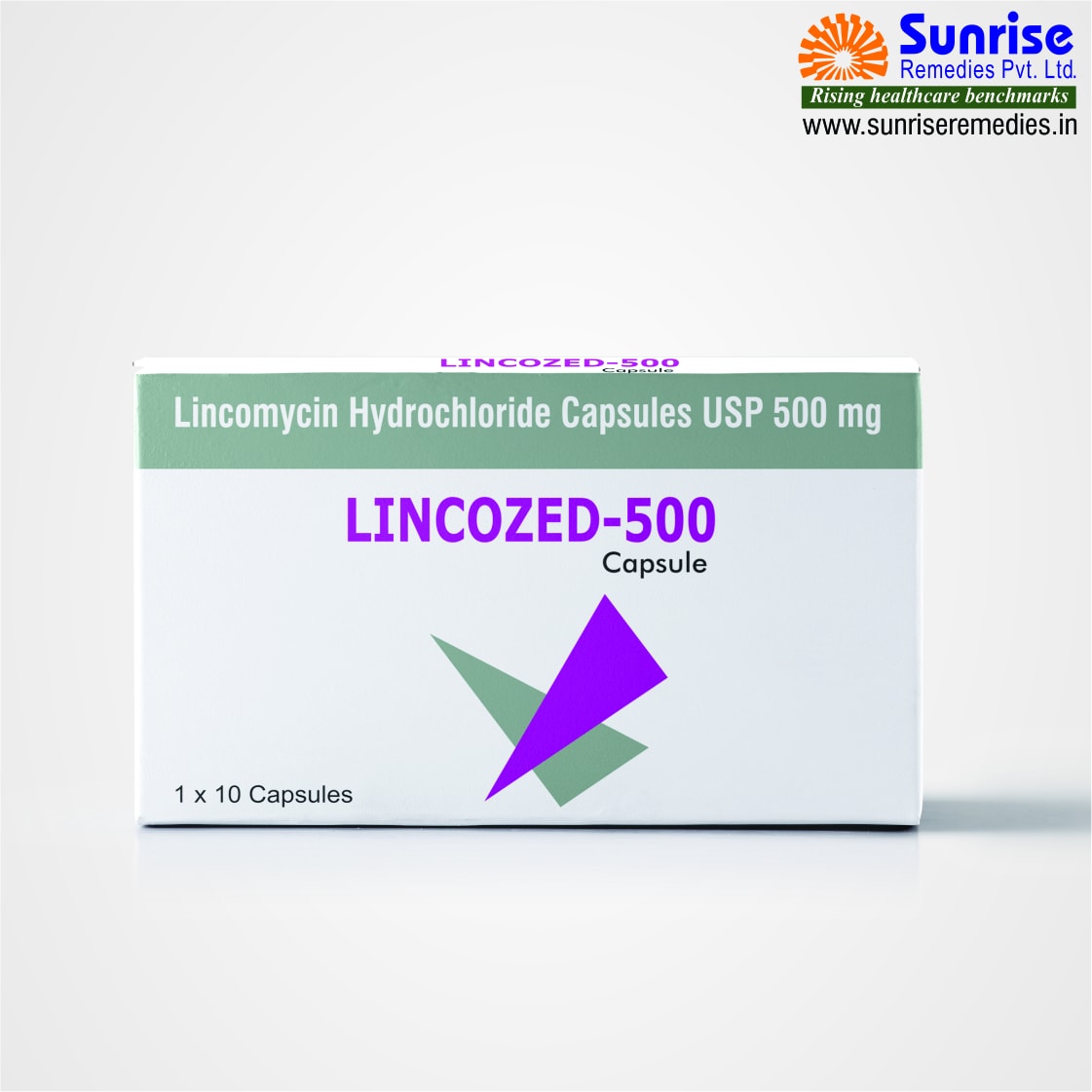Lincozed

Lincozed
Lincozed Generic of Lincomycin Hydrochloride, which belongs to the family of medications known as antibiotics. Its mechanism of action is to reduce and inhibit the growth of bacterial infection.
Lincozed Lincomycin HCL Capsules
Lincomycin Hydrochloride functions against the Gram-positive and gram-negative cocci. It is a round-shaped bacteria in the cells. They are distinguish by layered structure and the staining mechanism involved in many body infections.
This composition process inhibits protein synthesis. Moreover, it ties up with the 50S ribosomal subunit of bacteria. Ribosomes are essential cellular structures that superintend protein translation.
By inhibiting the origination of the 70S initiation activity complex, this may inhibit and reduce the growth of the infection. Consequently, it engages with the protein synthesis translocation activity. This operation stops the process of elongation of the chain, spreading. Because of this, the development and cessation of bacteria are inhibit.
Protein synthesis is the action by which cells produce polypeptides using the genetic information encoded in deoxyribonucleic acid. This is an essential operation for virtual cellular function; without this process and action, infection can not able to replication and grow. As a result, bacterial cells decrease or inhibited.
Antibiotic Products.
Bacterial infections need to be inhibit because they can cause health problems. They can reproduce and release toxins that damage and infect the cells, body mechanisms, and immune system. Consequently, producing an ailment may weaken the body against the germs.
Antibiotic product deconstruction is a vital process in germ cells. This reduces the production, growth, and replication activity of bacterial infection. It may break the chain of various processes of germs.
Those generic work as per the requirement of the body, intracellular cells, and the immune system. It recognizes and binds to pathogens, which are bacteria that can cause an ailment in another organism. These are responsible for ailment by entering and harming a host cell.
